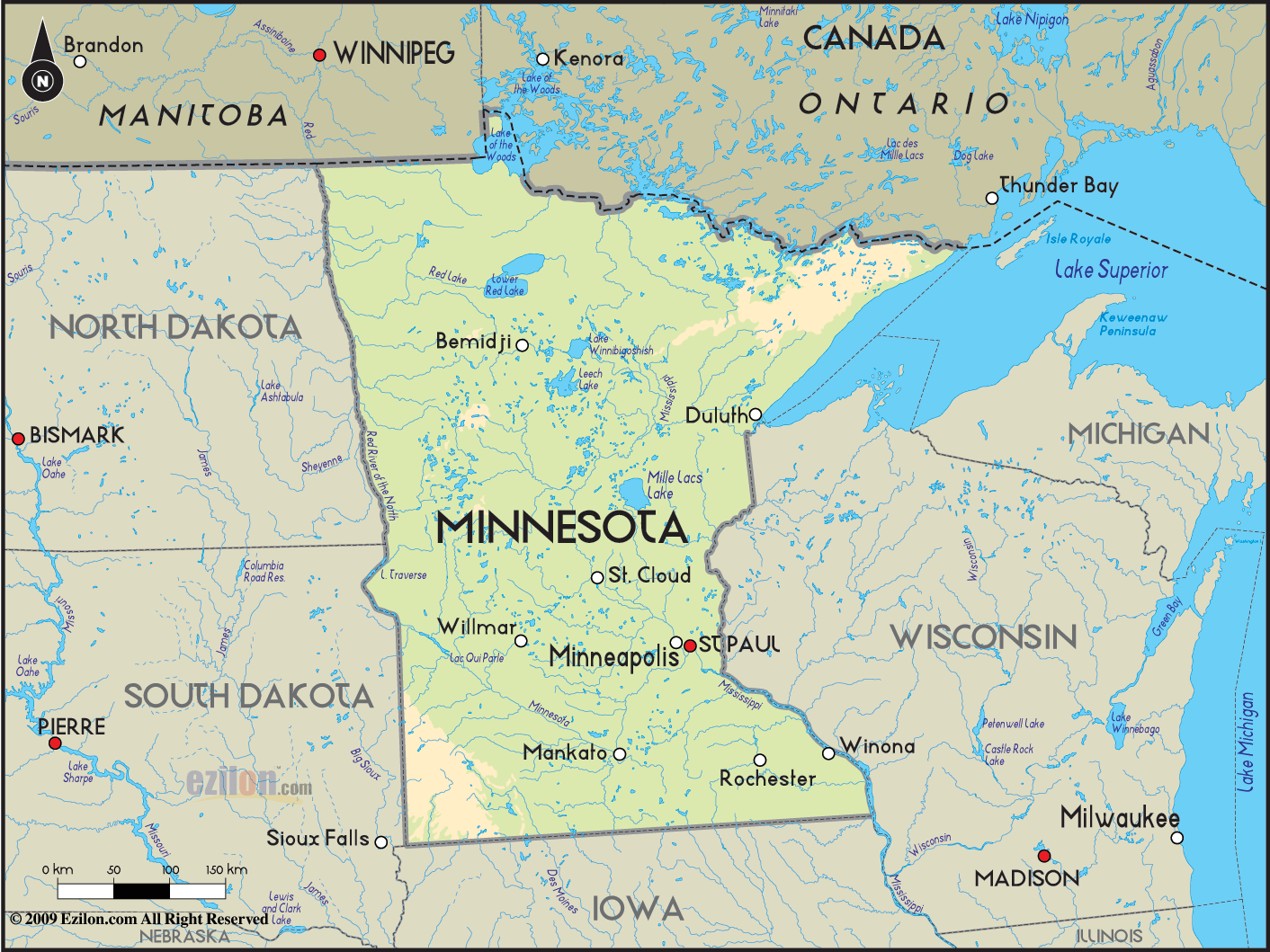Our road atlas has two full-page maps of Minnesota: one south and one north. But the top of that northern map stops short of a chunk of Minnesota that wraps still further north and east around the largest lake on Earth, Lake Superior. Tucked elsewhere on the atlas page, we located an insert that continued the job up to Canada. That is where we’ve spent this past week – about a quarter of a map inch from the Canadian border, in the winter wonderland of Hovland. Imagine a Native Hawaiian experiencing nightly saunas followed by dips in the icy January waters of Lake Superior, and you begin to picture how powerfully different – yet remarkably the same – this week has been.
Lake Superior has 2,730 miles of shoreline. It covers 31,280 square miles. At its deepest, it is over a quarter of a mile deep. Sitting on its shoreline, watching waves crash against the rocks – it felt an awful lot like an ocean.
Yes, we saw bald eagles soaring – exotic to our Island eyes – but we also felt a silent communion with water, Earth, and element that was familiar. True, the water was fresh, not salt; and these were eagles, not our albatross. But the place exuded a spiritual power that was kindred, and very soothing.
Grand Portage Indian Reservation, home to the Ojibwa, straddles the U.S. and Canadian national borders here.
“My friends want to know,” Bob SwanSon, Ojibwa elder and poet, asked ‘Iokepa this week, ‘What’s an indigenous Hawaiian doing so far inland?’”
‘Iokepa answered: “I’m retracing the steps of my ancestors.”
For thousands of years, aboriginal Hawaiians sailed the Pacific in their sophisticated canoes – and integrated into the indigenous culture up and down the Americas. “There is a kinship,” ‘Iokepa said. “What we see in one another is familiar and yet we’re eager to learn what’s different.” These people were not strangers to ‘Iokepa.
So when three Ojibwa natives honored our Return Voyage gathering at Hovland with their attendance, a few nonverbal similarities surfaced. When ‘Iokepa spoke to the gathering, Bob SwanSon, solemn and silent, kept his eyes lowered to the floor. Afterwards, several non-native participants remarked, “I thought Bob was sleeping.”
But the thought never crossed either my mind or ‘Iokepa’s. We felt the depth of Bob’s listening and focus. He looked at the floor (as I sometimes do when ‘Iokepa is speaking) to screen out all other sensory distraction, and to truly listen. It’s the indigenous way.
Still later, one non-native woman observed: “The Native Americans don’t meet your eyes when they speak.”
“I’ve found the opposite,” I answered. “Most seem to read you quickly. If there’s authenticity within you, they recognize it – and if there’s not, they see that too. They look deeply and they leave me feeling known. “
But that requires patience. We must learn to sit easily with a silence that many of us refuse. Indigenous are not afraid of silence. They listen to it deeply for the answers to their prayers.
'Iokepa typically looks intently into the eyes of men and women – and occasionally they say that they feel vulnerable and exposed. But I think that has less to do with what he sees, and far more with how they see and judge themselves.
